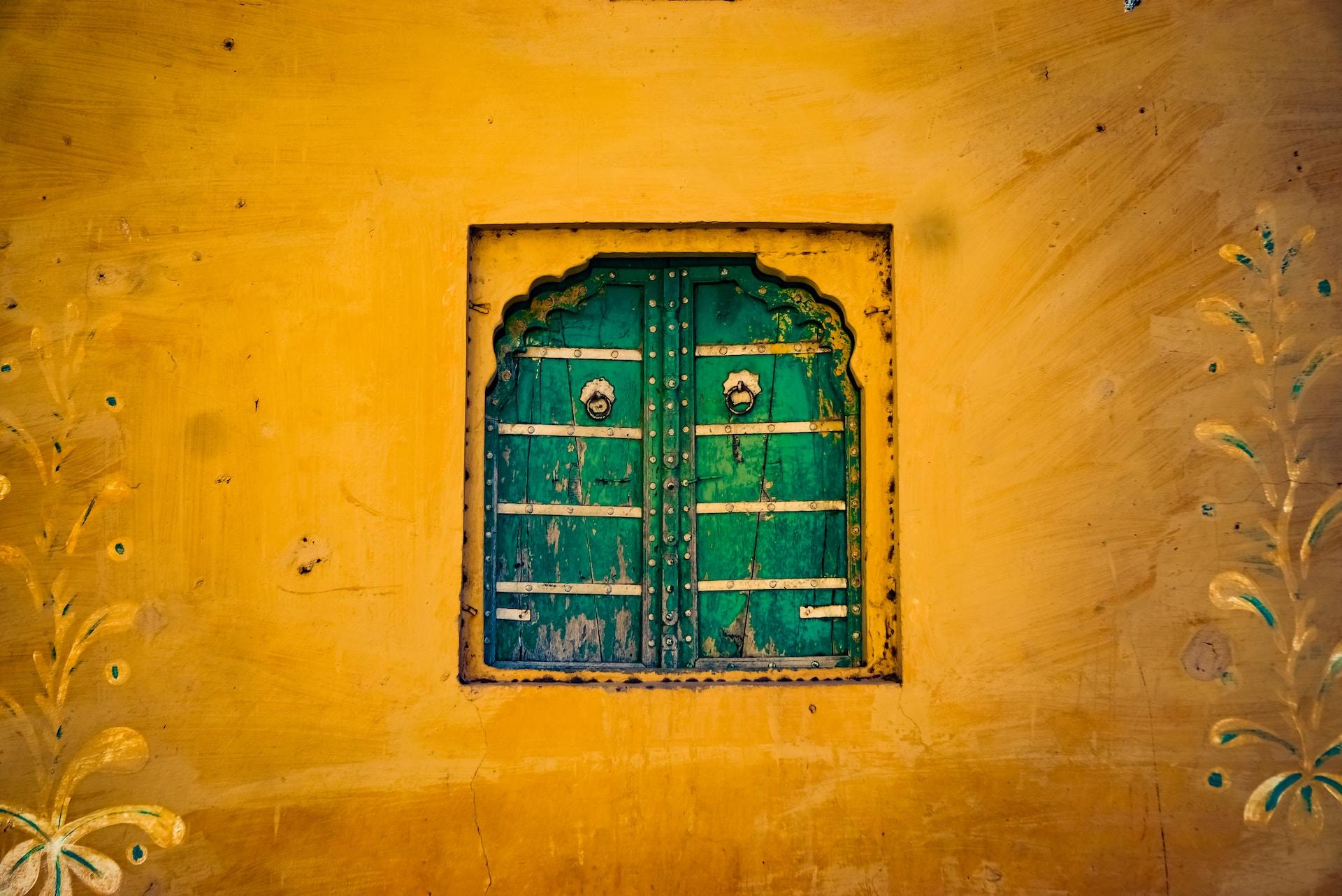Traditional Indian dwellings are a reflection of the rich cultural heritage and architectural brilliance of India. These dwellings have evolved over centuries, influenced by regional cultures and climates, and hold immense importance in understanding the history and design principles of Indian architecture. In this blog post, we will explore the various aspects of traditional Indian dwellings, including their historical background, architectural features, interior design elements, sustainability practices, and their influence on modern living.
Historical Background
The evolution of traditional Indian dwellings spans centuries, with each era leaving its mark on the design. The architectural styles were shaped by the diverse regional cultures and climates of India. These dwellings reflect the social and economic conditions of the times and have played a significant role in preserving India’s cultural heritage.
For instance, in Rajasthan, the havelis are a prominent example of traditional Indian dwellings. These grand mansions were built by wealthy merchants and noble families, showcasing intricate carvings and vibrant frescoes. Similarly, Chettinad mansions in Tamil Nadu are known for their spacious courtyards and ornate detailing. The wadas in Maharashtra and tharavadu houses in Kerala also have unique architectural features that reflect the local traditions and customs.
The preservation of traditional Indian dwellings is crucial in understanding the architectural evolution of India and the cultural heritage it holds.
Architectural Features
A traditional Indian dwelling typically follows a specific layout and organization. The central courtyard is the focal point of the dwelling, with rooms arranged around it. This layout promotes cross-ventilation, natural light, and a sense of community within the household.
Various regions in India have their own distinct types of traditional dwellings. Havelis in Rajasthan are known for their grandeur and intricate architecture. Chettinad mansions in Tamil Nadu feature spacious courtyards and elaborate woodwork. Wadas in Maharashtra are characterized by their unique architectural style, with multiple courtyards and verandas. Tharavadu houses in Kerala are renowned for their wooden structures and sloping roofs.
The construction of these dwellings involves the use of locally available materials such as mud, clay, bricks, stone, and wood. Decorative elements like carvings and paintings further enhance the aesthetic appeal of these dwellings.
Interior Design and Décor
The interior design of traditional Indian dwellings showcases a mix of vibrant colors, intricate carvings, and traditional furniture. The use of vibrant colors and patterns adds a lively touch to the interiors, reflecting the rich cultural heritage of India.
The walls of these dwellings often feature intricate carvings and paintings, depicting mythological scenes or floral motifs. Traditional furniture and furnishings, such as wooden beds, handwoven rugs, and ornate textiles, add to the overall charm of the interiors.
Significant rooms in traditional Indian dwellings include the living room or drawing-room (Diwan-i-Khas), the prayer room or temple (Pooja Ghar), the kitchen (Rasoi), and the bedrooms and private spaces. Each of these rooms serves a specific purpose and is designed accordingly.
Traditional Indian Dwellings and Sustainability
Traditional Indian dwellings have incorporated sustainable design principles long before the concept gained popularity. These dwellings prioritize natural ventilation and cooling techniques to combat the hot Indian climate. The layout and design of the dwellings also ensure efficient use of space and resources.
Additionally, traditional Indian dwellings are often integrated with the natural surroundings, utilizing elements like courtyards, gardens, and terraces. These features not only enhance the aesthetics but also promote a harmonious relationship between the built environment and nature.
Preserving and promoting these sustainable practices is crucial in today’s world, as they have a positive impact on the environment and help in preserving the cultural heritage of India.
Traditional Indian Dwellings and Modern Living
The architectural elements of traditional Indian dwellings have found their way into contemporary homes, adapting to modern living requirements. Courtyards and open spaces are now popular features in modern homes, providing a connection with the outdoors and allowing natural light and ventilation.
Jali screens and latticework, inspired by traditional Indian dwellings, are used to create privacy while allowing air circulation. Terraces and verandas provide additional outdoor living spaces, blurring the boundaries between indoors and outdoors.
Furthermore, traditional Indian dwellings have influenced interior design trends, with vibrant colors and patterns being incorporated in modern homes. Traditional elements like carved furniture, handwoven textiles, and artwork are also fused with contemporary styles, creating a unique aesthetic blend.
Conclusion
Traditional Indian dwellings are a testament to the rich cultural heritage and sustainable design practices of India. By understanding and appreciating these dwellings, we not only gain insight into the architectural evolution of India but also contribute to the preservation of its cultural heritage.
As we move towards a more sustainable future, the principles and practices embodied in traditional Indian dwellings can serve as valuable inspiration. By integrating these elements into contemporary living spaces, we can create harmonious and eco-friendly homes that reflect the timeless beauty and significance of traditional Indian dwellings.

